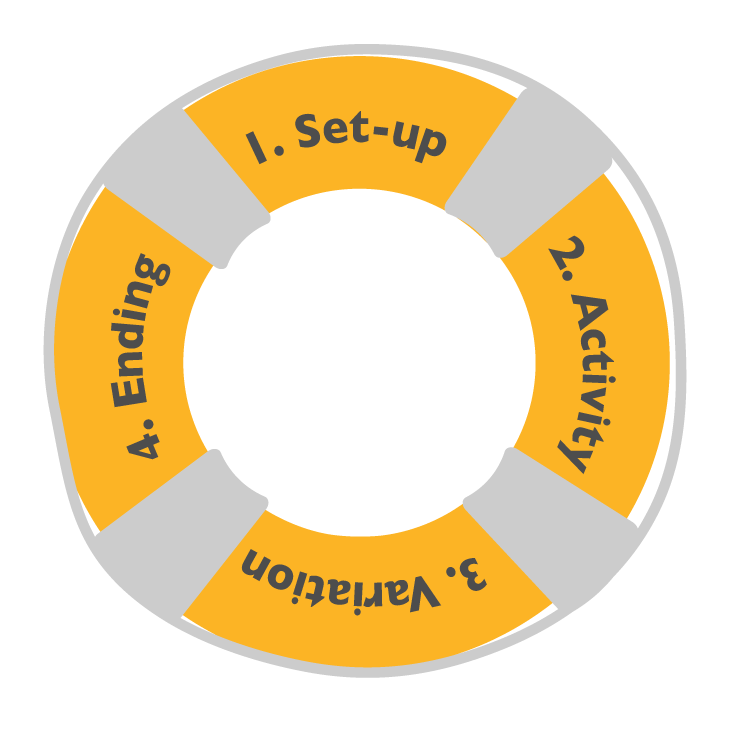
Transitioning between activities and locations can be challenging for young children, especially when they are being asked to transition from a preferred activity (playing with blocks) to something non-preferred (cleaning up). Difficulty with transitions can manifest in a number of challenging behaviors depending on the child and the environment. It can take the form of mildly annoying whining to a full-blown meltdown. Some of these reactions are the result of kids being overwhelmed by their emotions and others are patterns of behavior they’ve learned that work to successfully delay or avoid the transition. A child told it’s time to leave the playground might throw a tantrum initially because they can’t manage their feelings, but if they’ve found that it works to delay leaving the park, they’re more likely to do it again. As adults, it’s important to recognize the role we have in challenging behavior. The good news is that we can help children be more successful during transitions. Below are 10 tips to support smooth transitions.
We hope you continue to find value in our blog on daily routines. Check out our previous article on how to create a successful bedtime routine for young children. For more helpful hints and free checklists, visit our Early Childhood Tools page on our website!